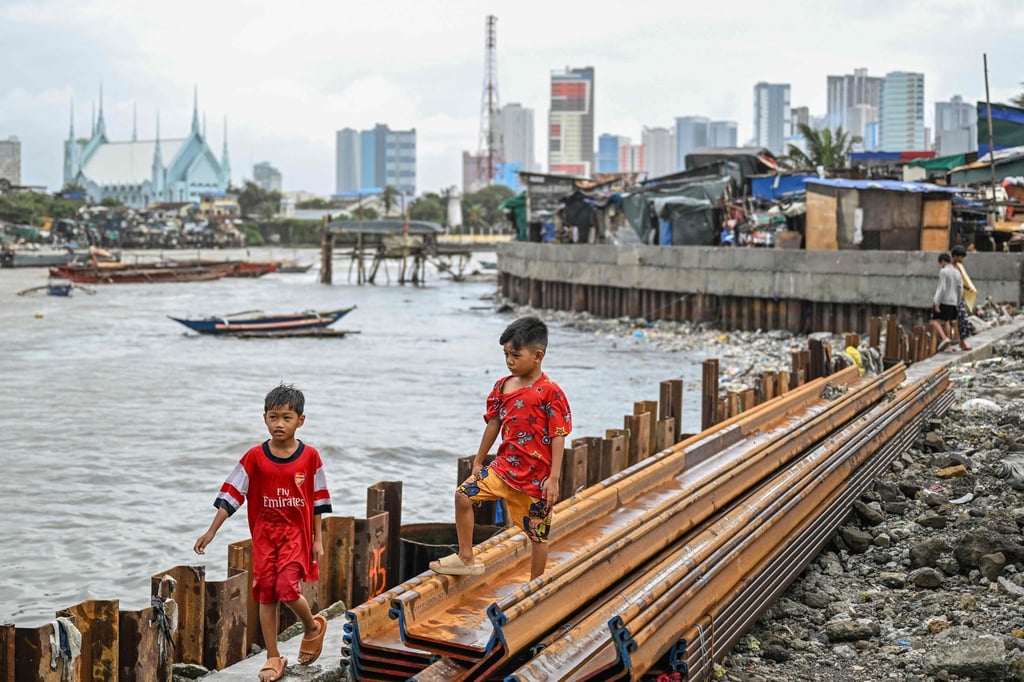When Typhoon Fung-wong roared towards Luzon this weekend, forecasts invoked grim memories of Haiyan, the 2013 superstorm that killed more than 6,000 people in the Philippines. In Metro Manila, residents braced for disaster.
Advertisement
But by dawn on Monday, the capital woke instead to light rain and an uncanny calm. Once again, Luzon’s Sierra Madre mountains – the island’s natural shield – had absorbed the storm’s worst blows.
Scientists and environmentalists hail the range as a silent guardian. But they also warn that its protective function is coming under pressure from mining, illegal logging and a China-backed dam carving into the terrain.

As the typhoon, known locally as Uwan, neared, former lawmaker and indigenous rights advocate Teddy Baguilat posted a plea on social media: “Save us.”
He was referring not only to prayers for safety, but to the mountain ranges – Sierra Madre, Cordillera and Caraballo – that have historically blunted the force of typhoons before they slam into the populous lowlands.
“Protect our mountain ranges from illegal logging, quarrying, mining and big dams that destroy our environment,” he urged. His message spread quickly as relief turned to gratitude across social media on Monday morning, with tributes pouring in for mountains credited with saving much of Luzon once again.
Meteorologist Ariel Rojas, a former forecaster with state weather bureau Pagasa, explained in a post that the Sierra Madre “disrupts the vertical structure of an incoming cyclone”, weakening its winds but intensifying rainfall as a side effect.

